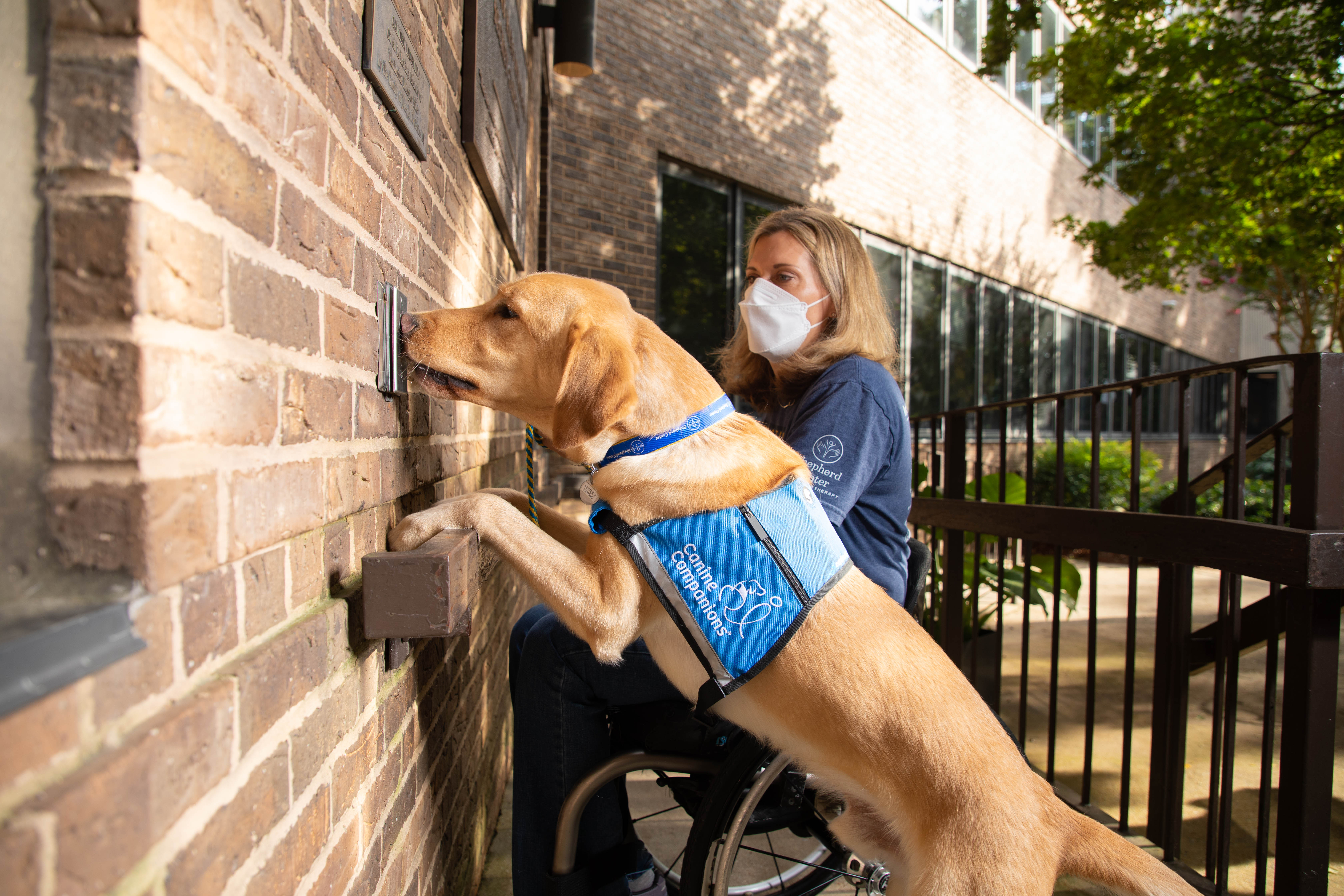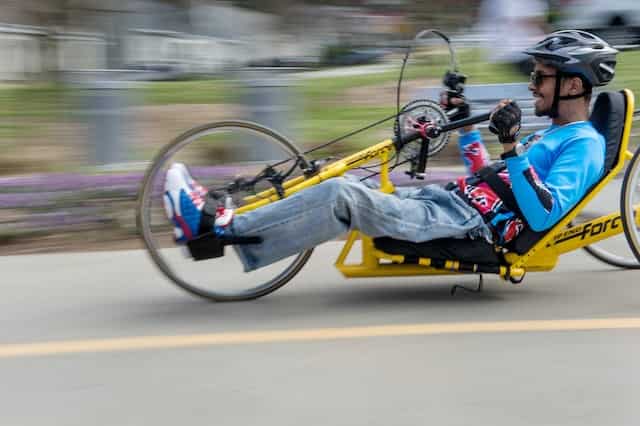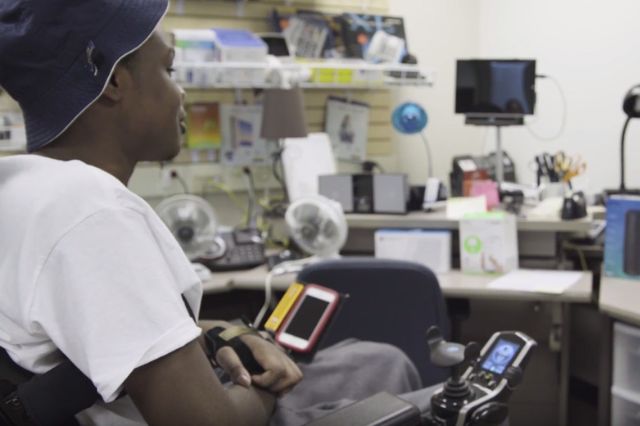Becoming Shepherd Facility Dogs
Facility Dog Qualifications
Shepherd Center has an ongoing relationship with Southeast - Canine Companions – a 501(c)(3) non-profit organization that enhances the lives of people with disabilities by providing highly trained service dogs and ongoing support to ensure quality partnerships. Since its founding in 1975, Canine Companions dogs and all follow-up services have been provided at no cost to their clients.
Canine Companions puppies are raised by volunteers who take them to puppy classes to teach them basic obedience and house manners. When the puppies are old enough to enter our professional training program, Canine Companions dogs come to one of six regional training centers in Northern California, Southern California, Texas, Ohio, New York, and Florida.
are raised by volunteers who take them to puppy classes to teach them basic obedience and house manners. When the puppies are old enough to enter our professional training program, Canine Companions dogs come to one of six regional training centers in Northern California, Southern California, Texas, Ohio, New York, and Florida.
The first two years of a dog’s life are spent being trained and socialized before graduating as a facility dog. Facility dogs are expertly trained dogs who partner with a facilitator and work in a health care, visitation, or education setting.
Benefits of Facility Dog Program
A Canine Companions facility dog is trained to perform service dog commands, including picking up items, opening doors, and providing calming pressure across the client’s lap or body. Their trained skills can enhance therapies, promote participation, and reduce clients' anxiety in professional environments. A Canine Companions facility dog is bred to be calm, reliable, and affectionate to assist in developing independent living skills and increase confidence. Additionally, the handler can integrate a facility dog into various structured therapies and utilize it to facilitate social interactions.
Once a dog has completed professional training, it is matched with a handler, a Shepherd employee, who takes them home and is responsible for keeping up their training. The team is matched during Team Training, a two-week group class, at the Southeast regional training center in Orlando, Florida. During Team Training, handlers learn to safely and effectively control, direct the dog to respond to commands it has learned, and assume responsibility for maintaining the health and well-being of the dog. The average service dog then works for eight years. After that, the dog retires from service and will spend its golden years as a pet.




